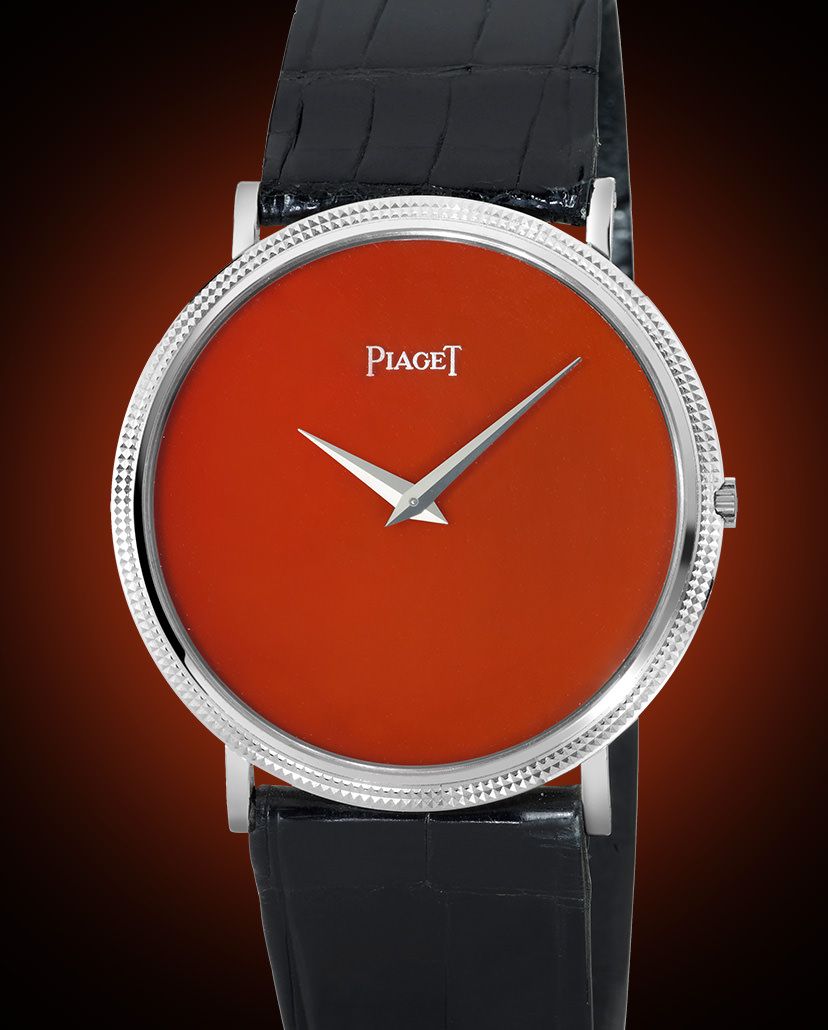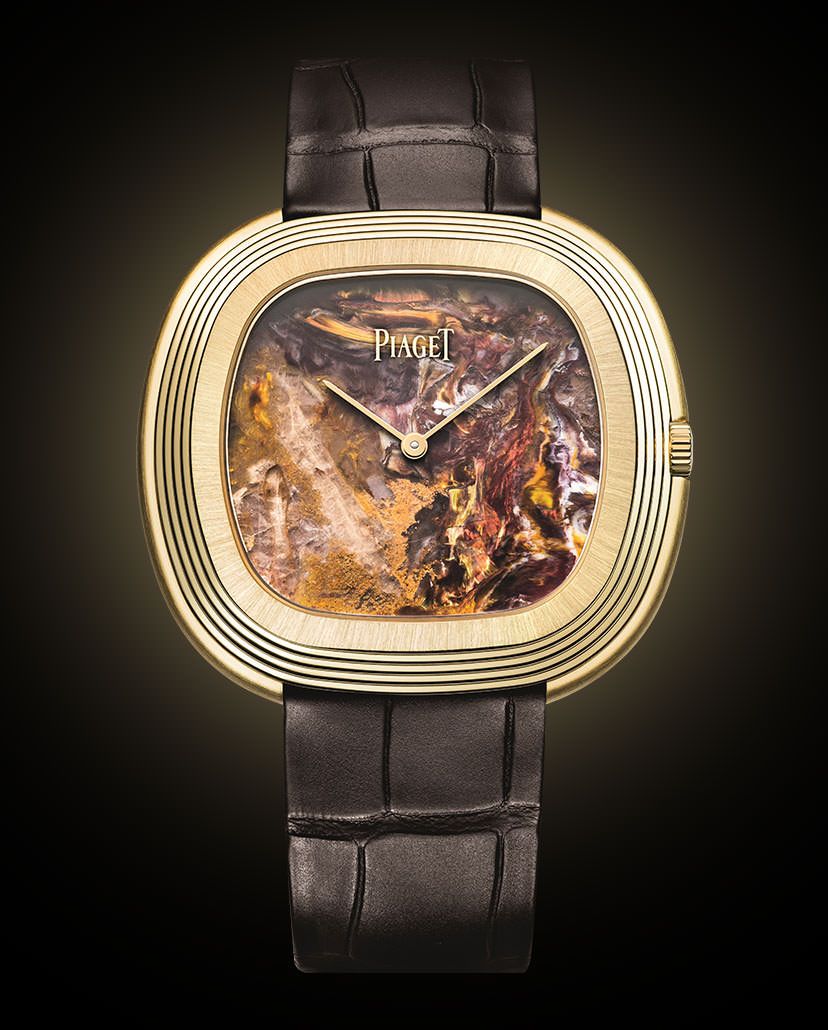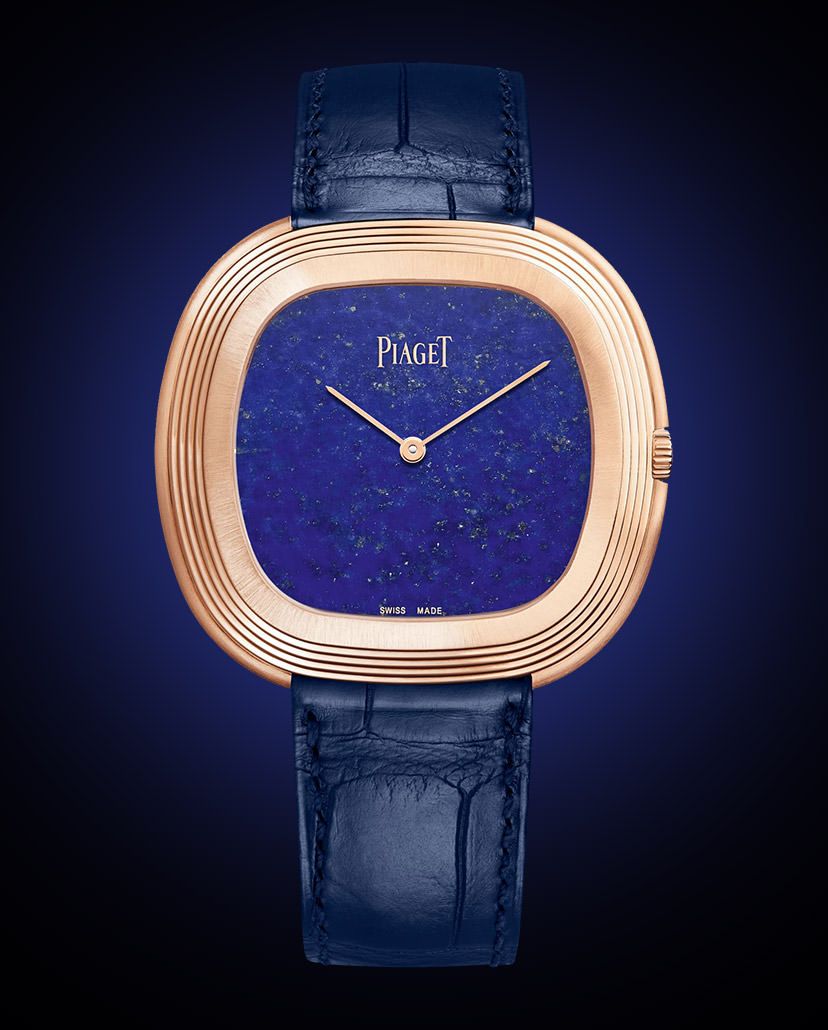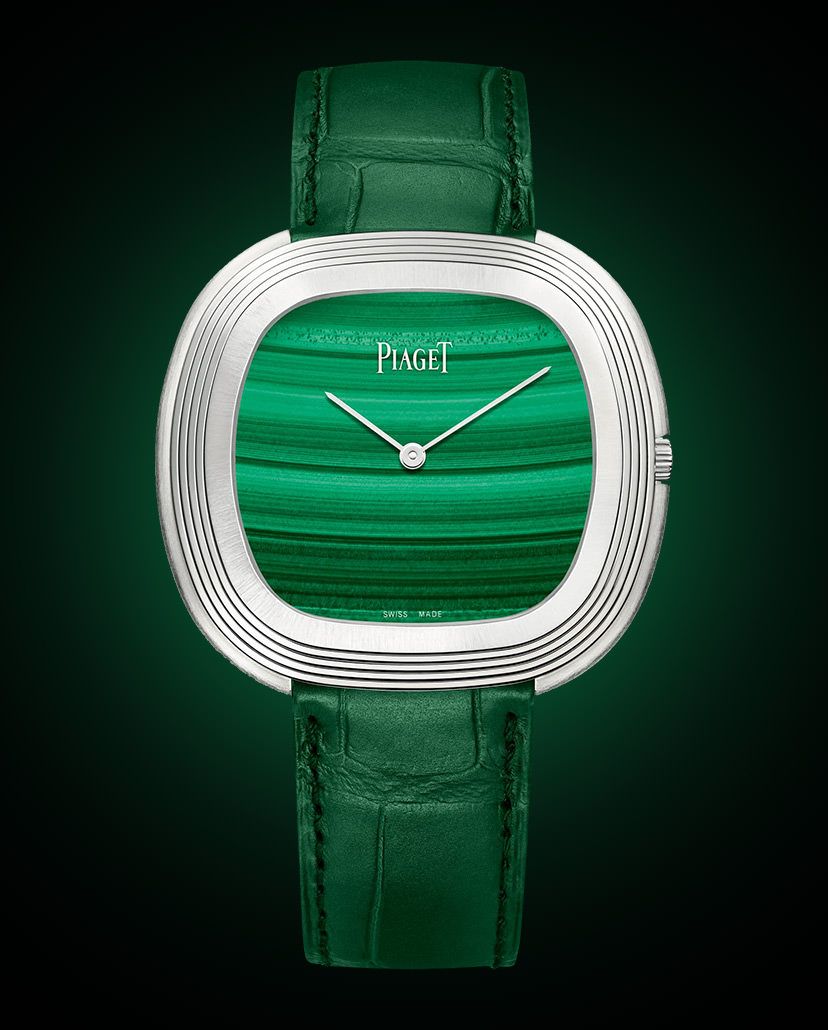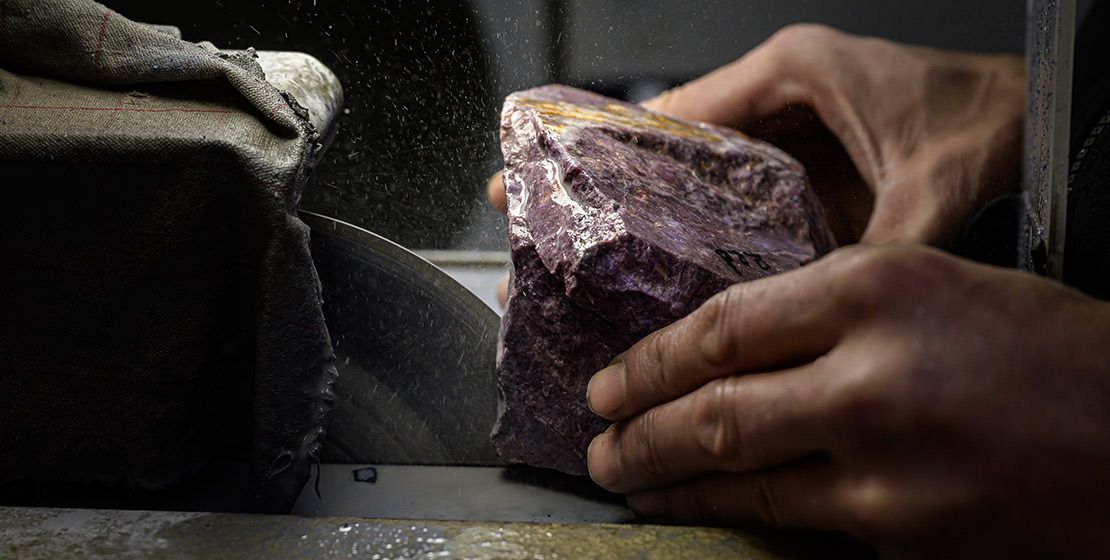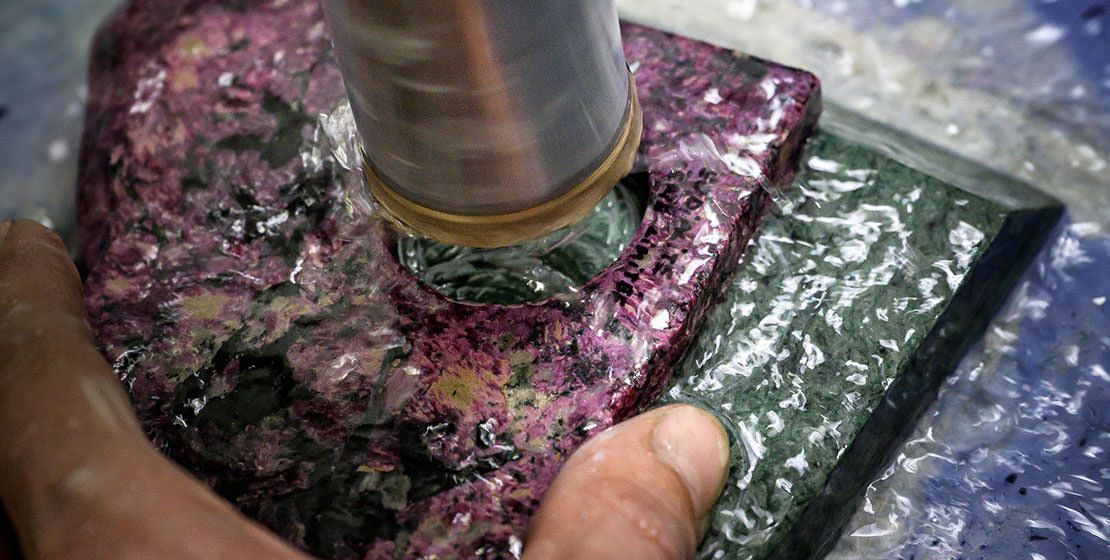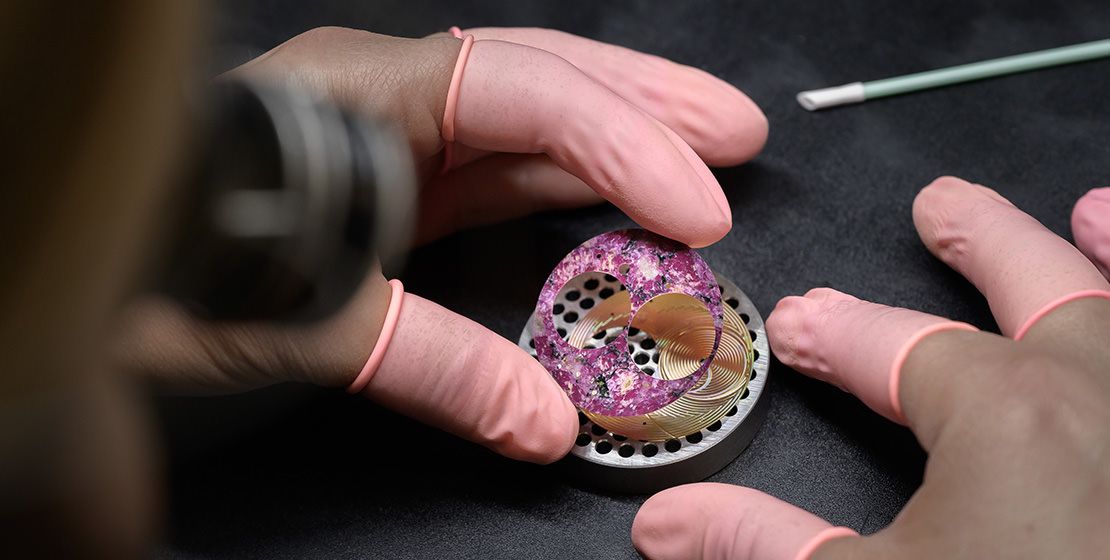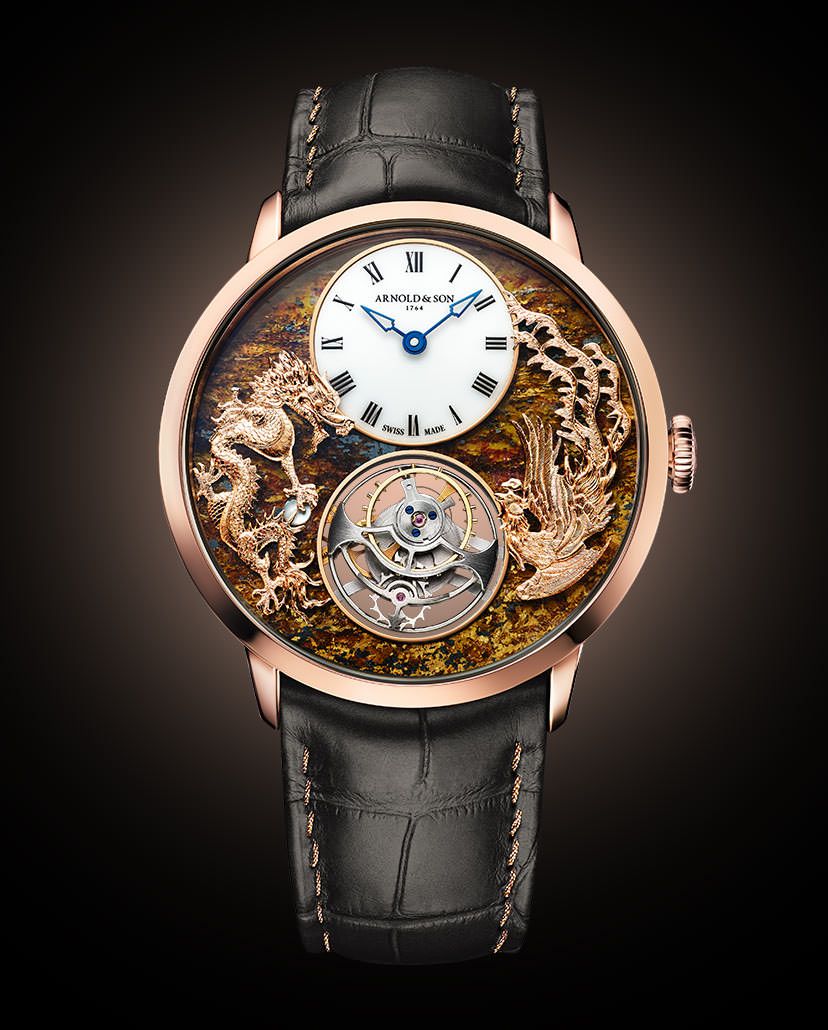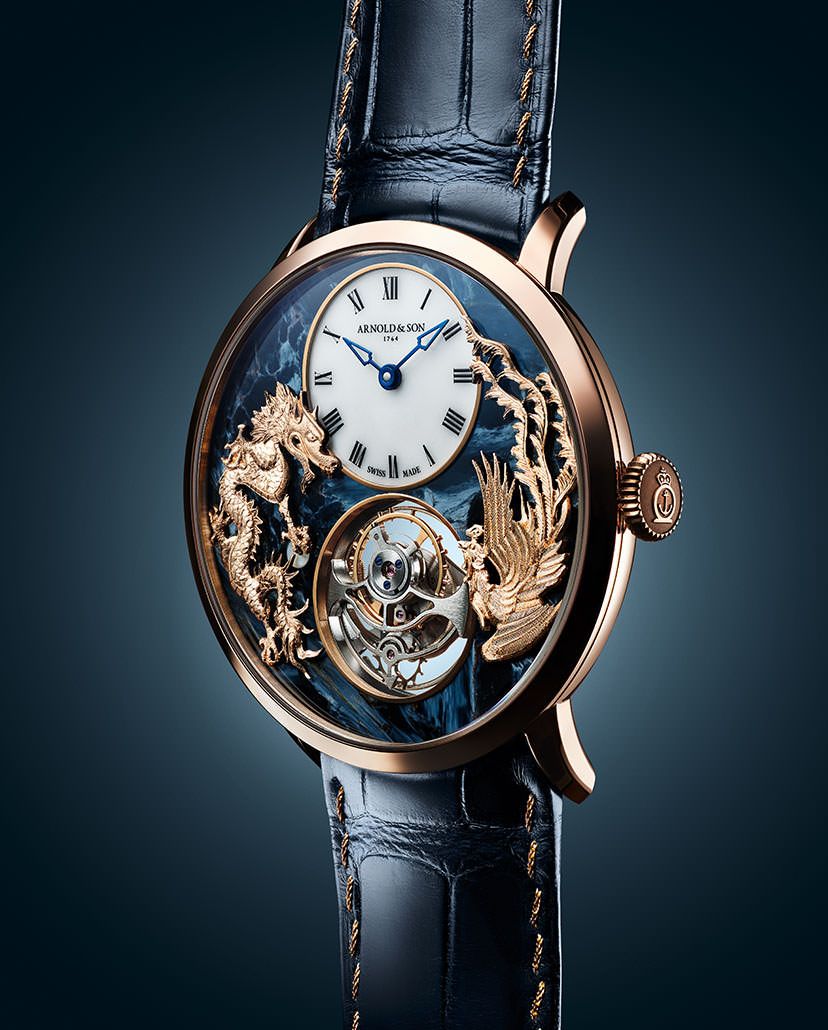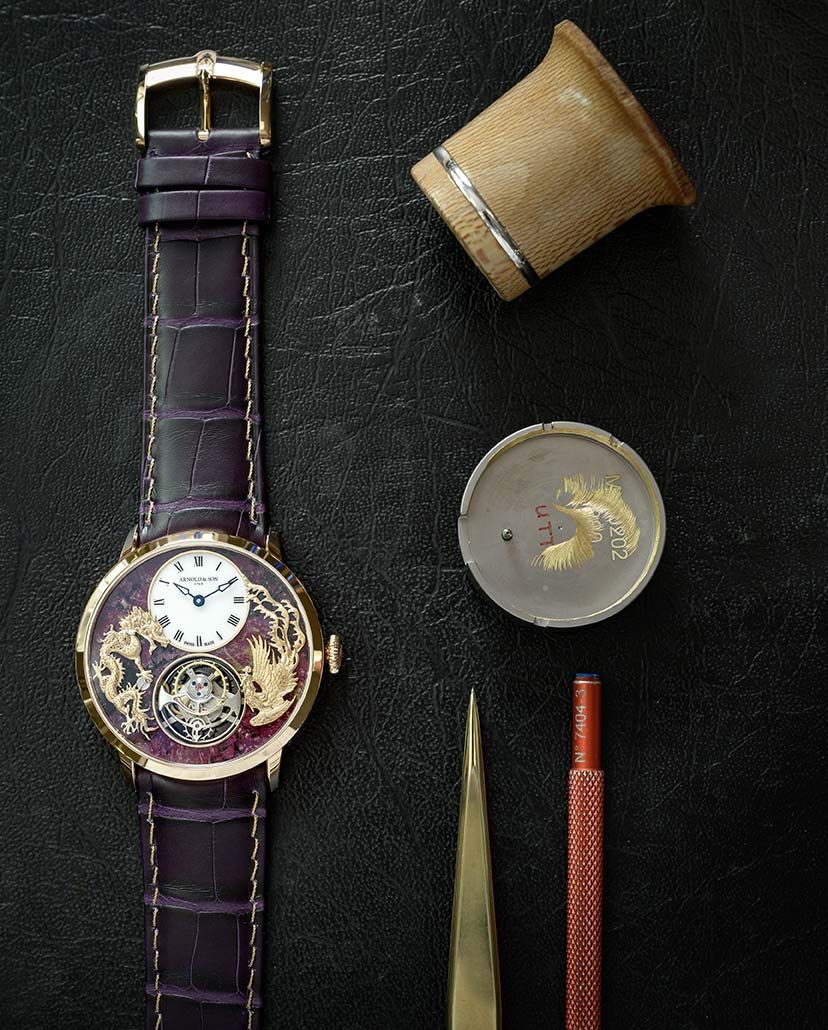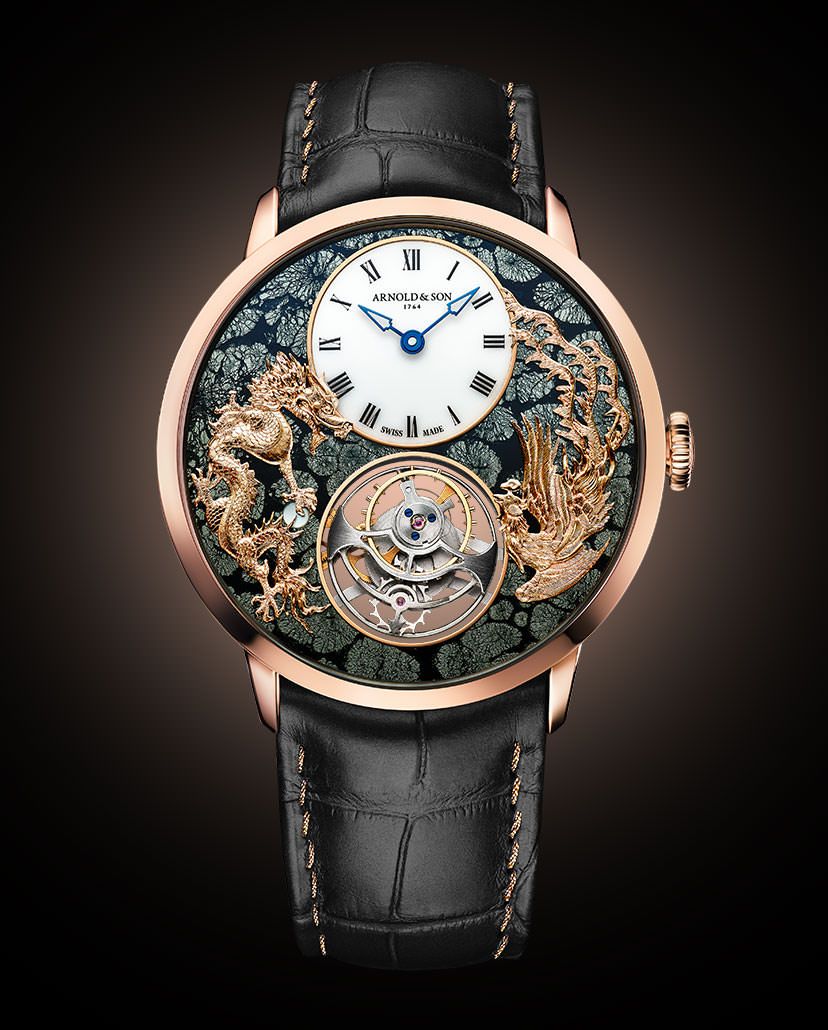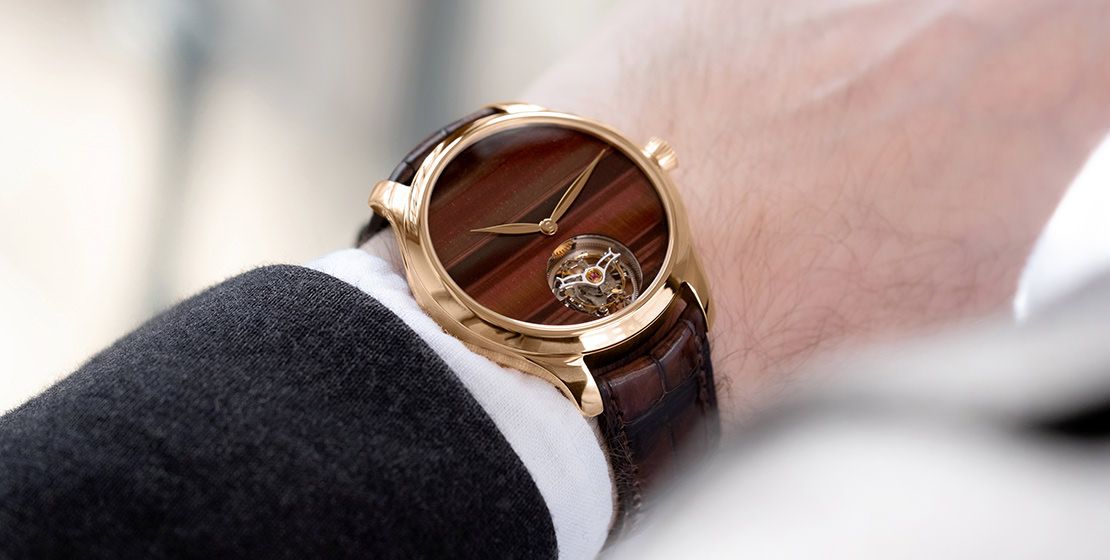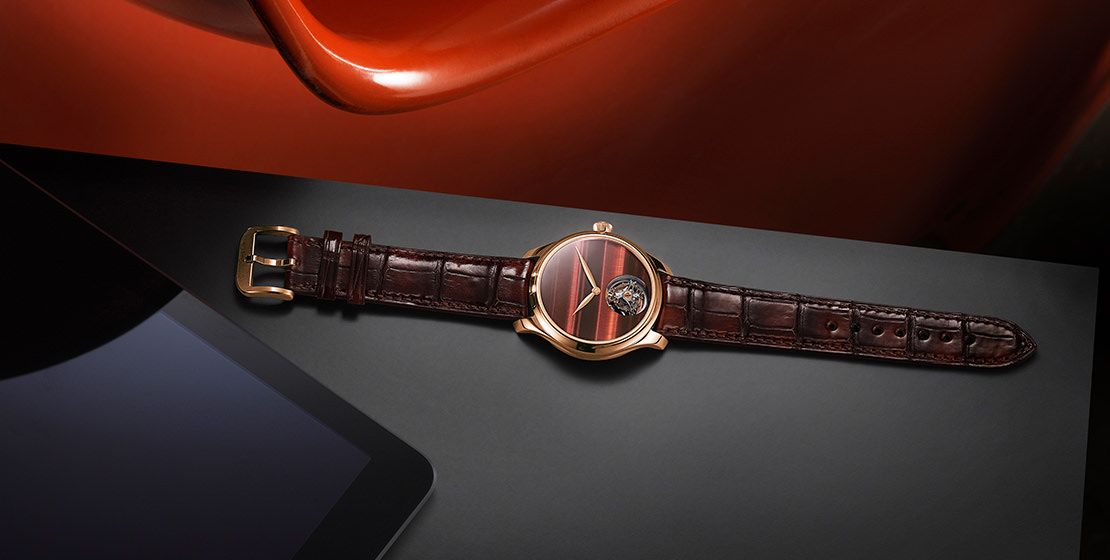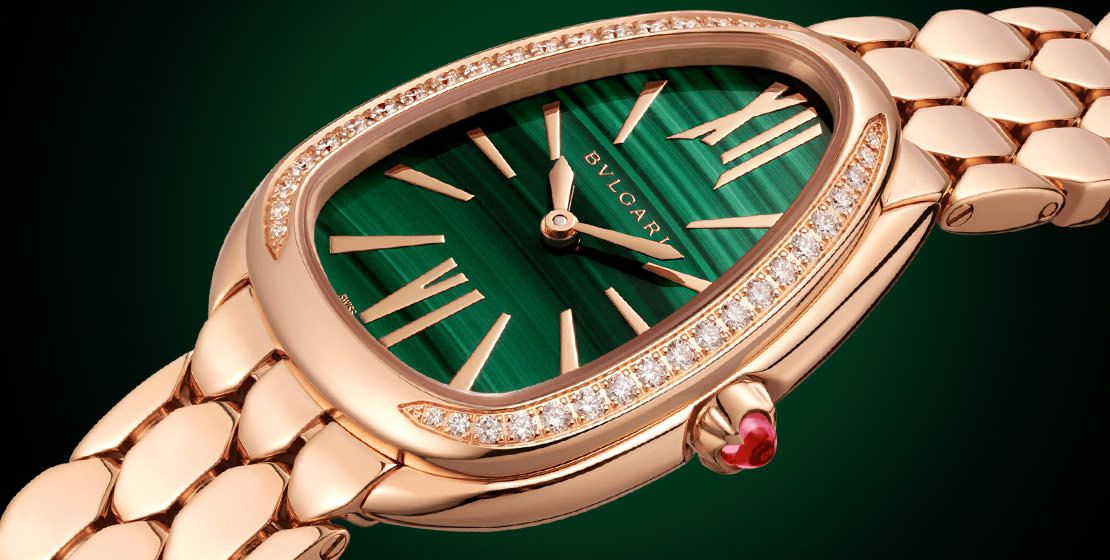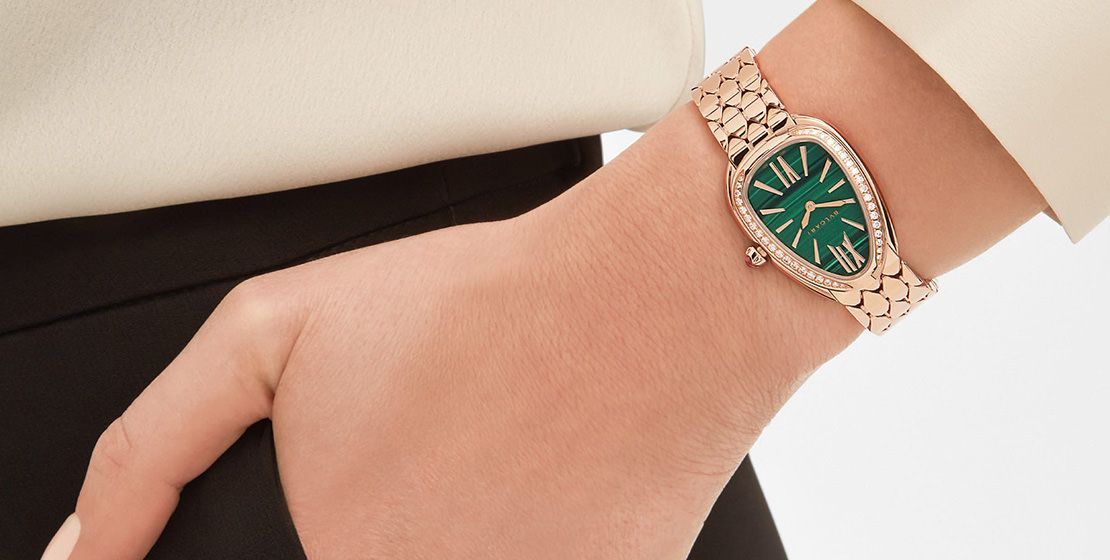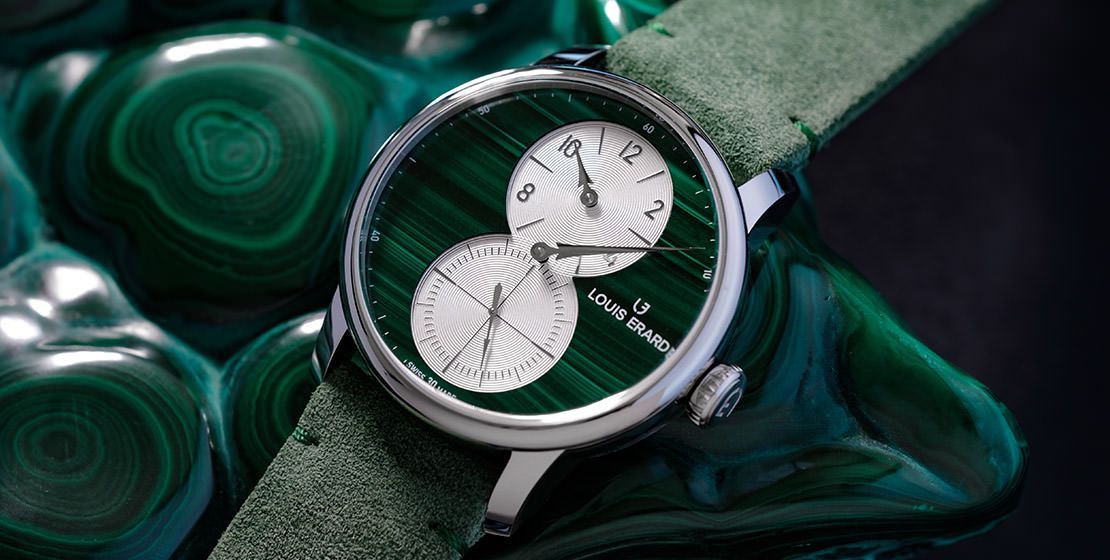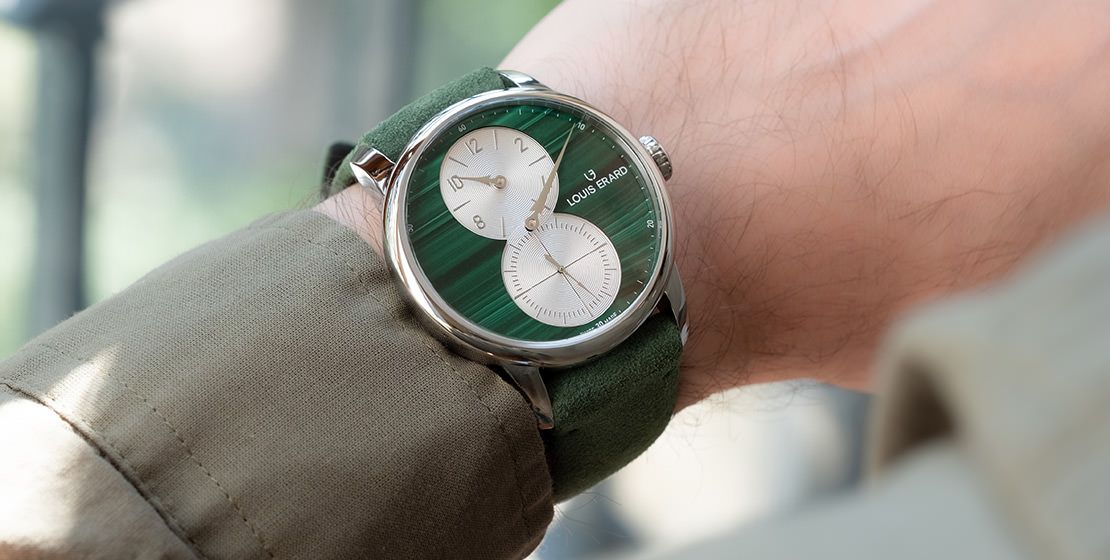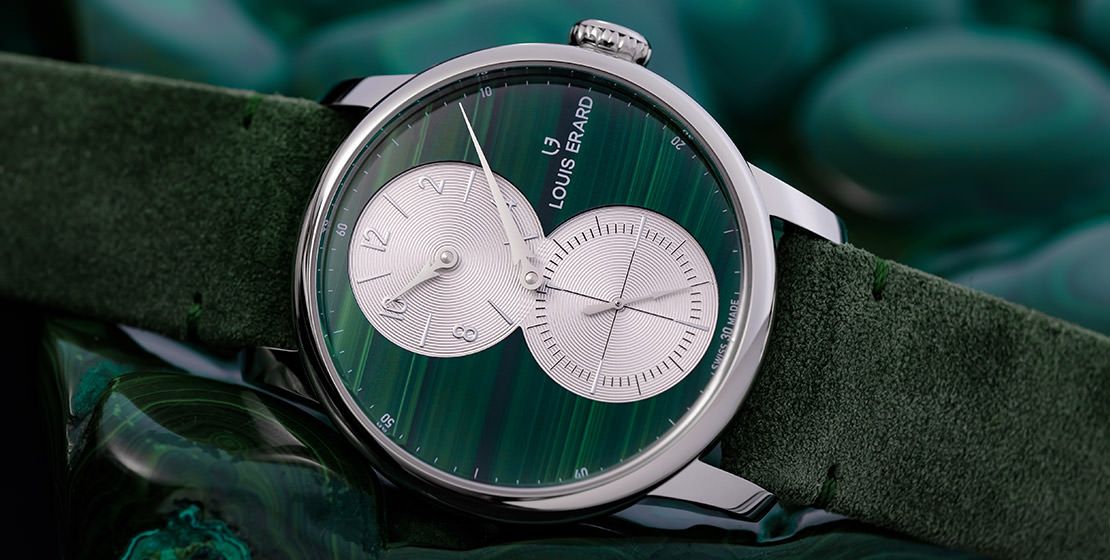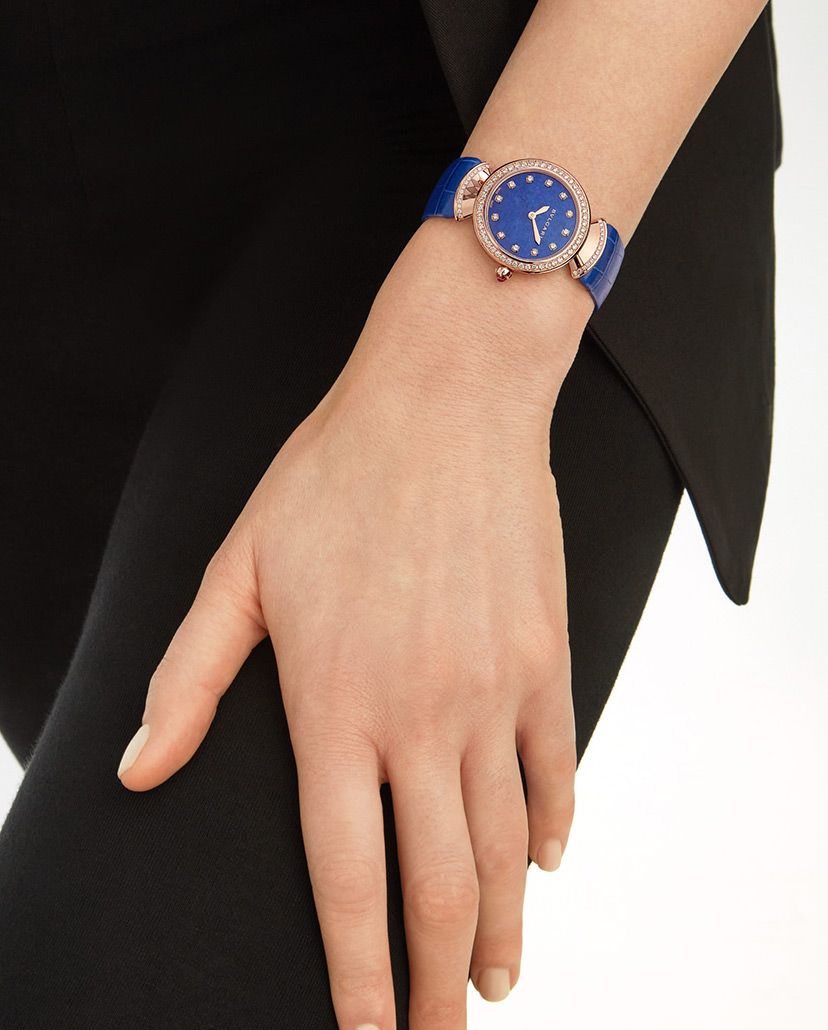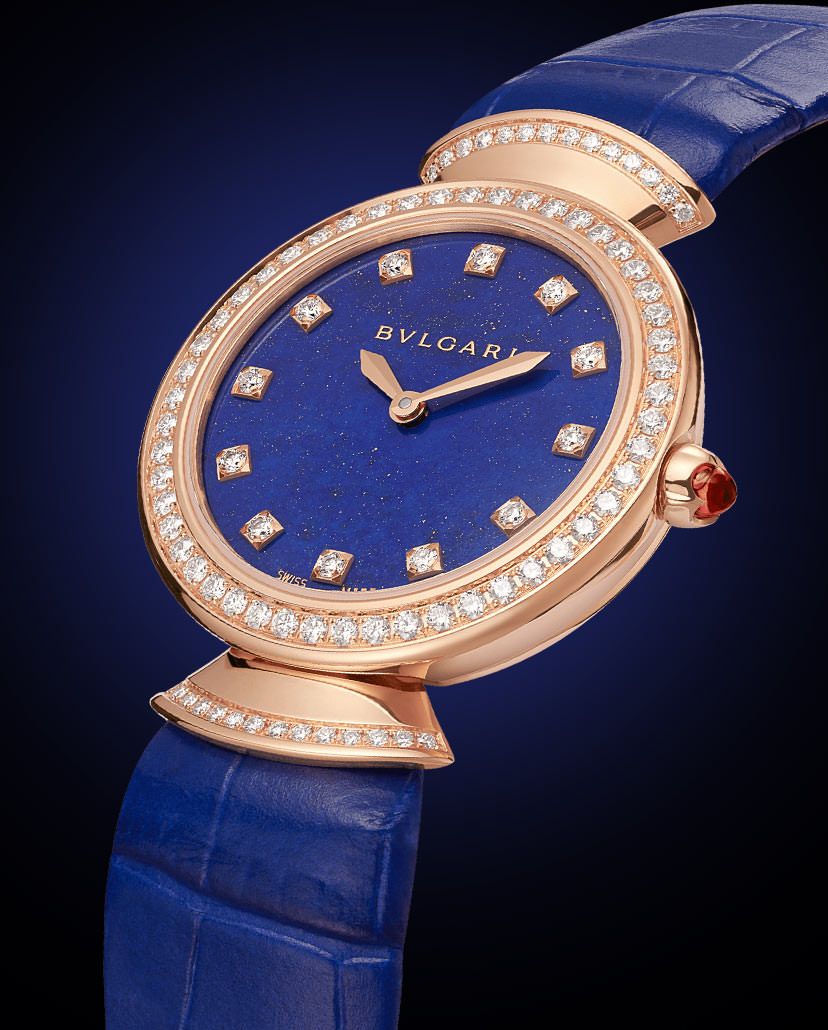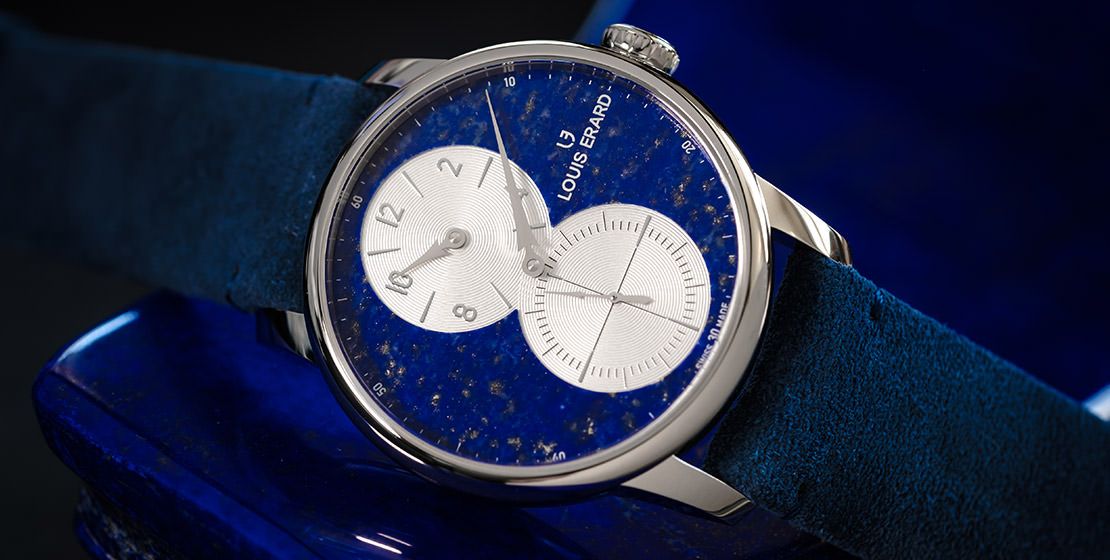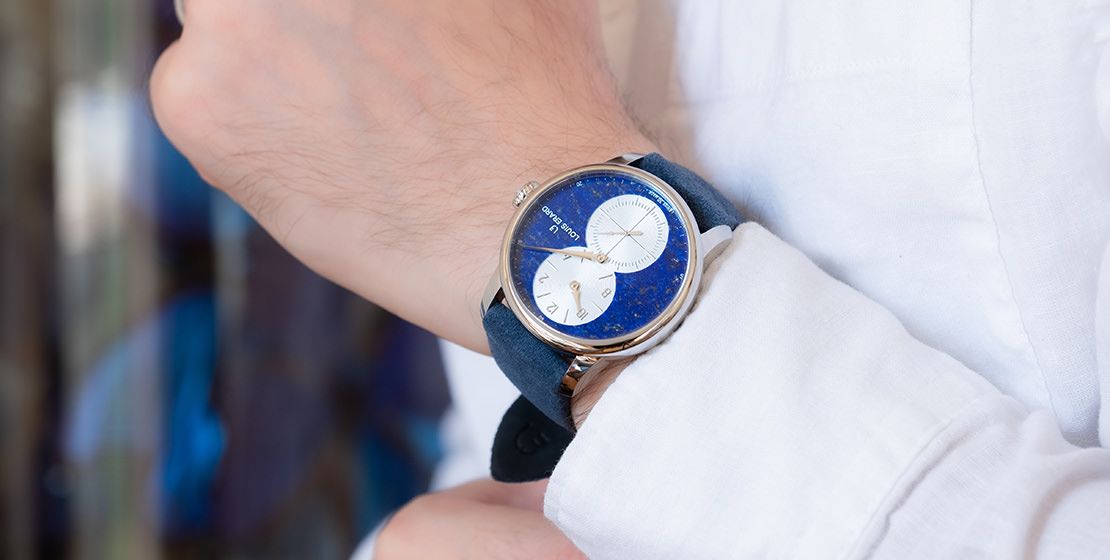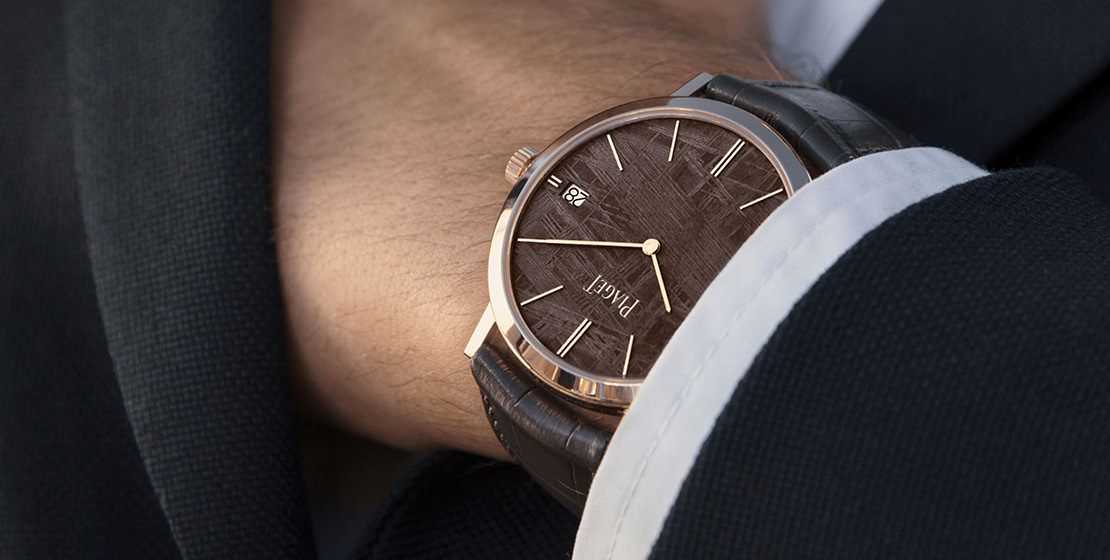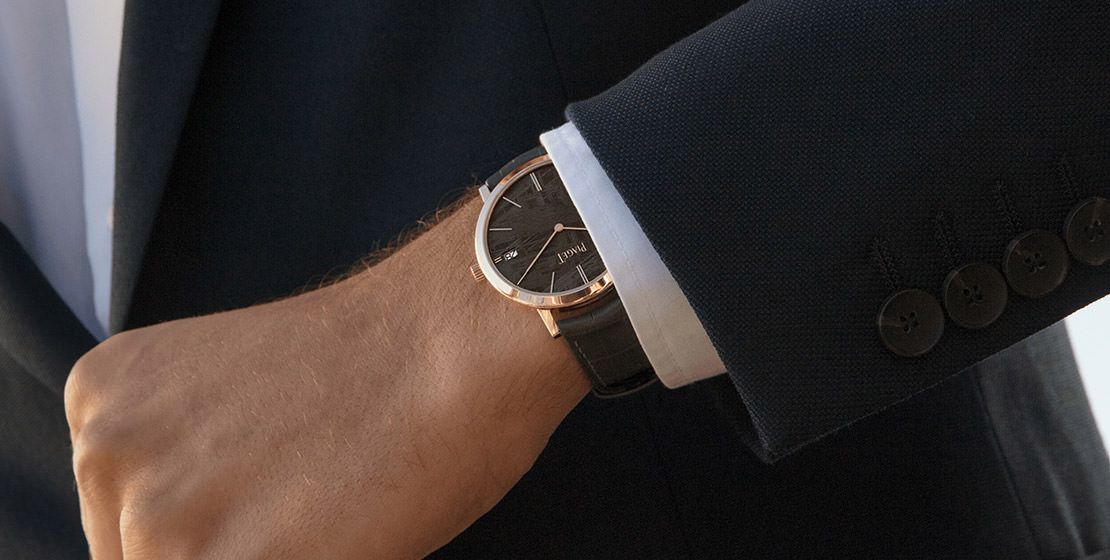FeatureThe Stone Age: A Watchmaking Facelift, With Ornamental Stone Dials
Watch dials play an important role when it comes to instant attraction towards a timepiece. This doesn’t necessarily impact the movement and functions, but a dial can be a deal-breaker in many instances. Here we look at some spectacular dials crafted with naturally-occurring stones that add a pop of colour to your wrist, without losing their elegance
May We Recommend
Every decade has witnessed a significant movement when it comes to art and culture. The 1960s were no different. This was the time when the music world was dominated by ‘Beatlemania’ or the fandom associated with the legendary English rock band, The Beatles. While women swooned to their tunes, their lyrics resonated with the times and always made a political statement. There was also the rise of the psychedelic rock bands such as Led Zeppelin and Pink Floyd—mostly anti-establishment in nature and regaling audiences with their voluminous hairdos, quirky costumes and magnificent stage acts. The entire focus was on freedom. Freedom of expression, sartorial choices, sexuality, and to harbour anti-war sentiments. This also gave rise to vivid colours as found in people’s clothing as this was the ‘flower power’ age and people were done with the vagaries of wars witnessed by previous generations. So this was a sort of revolution, ushering in an era of peace and artistic pursuits. This period also witnessed the growth of the Pop Art movement and minimalism—the former marked by the usage of bright, fluorescent colours in terms of design, and the latter distinguished by geometric abstraction; also an artistic reaction against Abstract Expressionism that had been dominant between the 1940s and 1950s.

And when such movements were making waves across the globe, it was inevitable for the watchmaking world to jump onto the bandwagon, and create some stunning masterpieces that were archetypes of the artistic trends that were dominant back then. This era merged design and innovation, where the decadence and grandeur of the Art Deco period—found mostly in diamond-dripping designs, laced with other precious gems—was replaced by watches exhibiting dials in semi-precious stones. This is not to say that they were any less inferior when it came to the manufacturing processes involved that usually impacted their value, but one witnessed a brighter colour palette and clutter-free dials that were carved out of a single block of stone. The most commonly used stones back then were the naturally occurring ones, such as tiger’s eye, lapis lazuli, malachite, turquoise, coral, jade, opal and onyx, among others. These were mostly paired with precious metals such as platinum and yellow gold as found in some Rolex Datejust models from the 1970s—products of a brand who were pioneers in the realm of stone dials. Over the years, one has witnessed this trend making a comeback. Having gained ground around 2017, more and more watchmakers have embraced this retro style of crafting fine watches, while adding a touch of modernity to this vintage style; even using meteorite rocks for a more 21st-century aesthetic. Let’s take a closer look at how some brands are breathing life into stone dials and the various materials used.
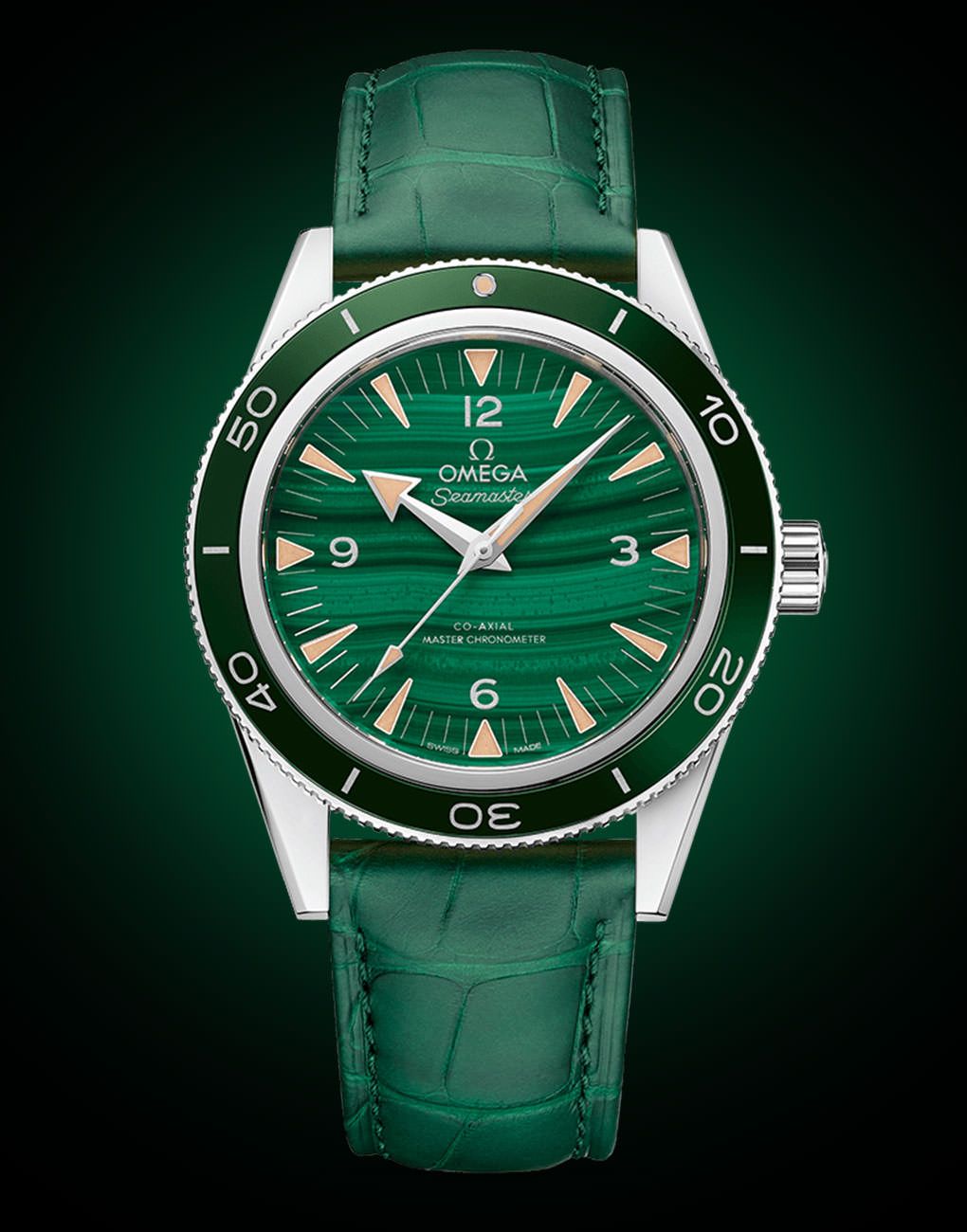
The Evolution Of Ornamental Dials
Piaget were one of the most popular brands using semi-precious stones for their watch dials. They were popular with the likes of former First Lady of the US, in 1961, Jacqueline Kennedy Onassis—who was often spotted with a yellow-gold Limelight watch with a jade dial. Even legendary actors Elizabeth Taylor and Sophia Loren; and artist Andy Warhol were such patrons. Piaget gained popularity as a watch brand after being known as a jeweller for the longest time. The watches were mostly classic in design catering to more of a dress watch aesthetic albeit shunning monotony. This is where stone dials brought in a fresh perspective among horophiles. During the 1960s and 1970s, Piaget were acclaimed for their bold use of hard stones in the decorative dials that adorned their stylish designs. This was enabled by the manufacture’s considerable savoir faire in ultra-thin watchmaking, since hard stone dials, as a rule, are significantly thicker than conventional metal dials. In keeping with that period’s watch design conventions of slimness and elegance, watches with hard stone dials were paired only with thin movements in order to limit the thickness of the complete piece. The restraint and severely strict needs of ultra-thin watchmaking, as thoroughly conquered by Piaget, is what allowed them to create such pieces, which are still highly sought after today in the vintage watch scene. Today, the brand is continuing this legacy with their Altiplano line, fitted with movements such as the hand-wound 430P, the hand-wound tourbillon calibre 670P and the automatic 1203P. These are testimony to Piaget’s mastery of technical fine watchmaking, exceptional artistic crafts and outstanding design concepts.
Even Cartier did a couple of watches especially with tiger’s eye stone, as seen in some vintage Tank models from this era. Another fine example is a 1960s’ Rolex Cosmograph Daytona reference 1607—a rare and attractive yellow gold wristwatch with a tiger’s eye dial, which sold for CHF 12,500 (INR 10.18 lakh approximately) at a Philips auction in 2015. Another brand that has been experimenting with stone dials since 2014 is Dior, who have introduced several models with colourful dials from its La D de Dior collection. Over the years they have used materials such as jade, opal, turquoise, and rose quartz to give an exquisite finish to their timepieces inspired by the romanticism of a bygone era.
Products Of Geology
By merging these naturally occurring minerals with fine watchmaking savoir faire, most brands are able to produce masterpieces that truly stand out. No two pieces are ever alike, since the rock is used in its natural form and becomes distinctive due to the ageing process. However, this task is quite challenging for watchmakers as only a few artisans are equipped with the skill and experience to work on such dials, since one small mistake during any stage makes the work-in-progress useless and the watchmakers have to start the entire process from scratch.
For starters, sourcing the right stone takes time since one has to be absolutely sure about the quality and purity of the material as well as the reliability of the supplier. Then it takes a skilled artisan to cut and polish the stone to perfection, without compromising on the natural gradient or texture, while keeping the colour and layers intact. They have to be careful not to overdo any step else the stone can turn brittle and useless for creating dials. Therefore the right thickness has to be maintained, come what may.
Colours also play a very important role. Therefore, most watchmakers use shades such as blue, turquoise, green and red, found in these natural ornamental stones to zhuzh up their offerings. Arnold & Son’s Ultrathin Tourbillon Dragon and Phoenix watches are perfect embodiments when it comes to using a wide colour palette and a range of semi-precious stones for their Métiers d’Art pieces. Each of the five models features a dial made from a different hardstone. bronzite, eudialyte, marcassite, pietersite and verdite are coloured minerals with deep surface effects, but are little known and rarely used in watchmaking. Arnold & Son chose these varieties of hardstone for their evocative properties. In bronzite, pearlescent, red and black inclusions stand out against predominant beige tones. Black and grey marcassite is scattered with outgrowths like stones emerging from a flat landscape. The deep blue grey hue of pietersite is crossed by expansive iridescent clouds. Meanwhile, verdite, reveals a bright, shifting green pattern. Lastly, the intense eudialyte contains gradients of purple with mottled white veins.
Here are some other popular stones used for creating these artworks for the wrist.
Tiger’s Eye
The tiger’s eye stone represents prosperity, strength and courage, and has been used as a talisman since the early days of human civilisation. The luminosity of the stone is enhanced while holding it up into the sunlight, thereby creating a hypnotic effect on the onlooker. A variety of microcrystalline quartz, tiger’s eye is a semi-precious stone formed of amosite—the fibres of which are partially replaced with silica, following a natural transformation process. Appearing in fine layers, it’s these fibres that impart a lustrous and rich feel to the stone, available in several varieties and hues ranging from greyish blue to golden and reddish browns. This was used recently by H. Moser & Cie. in their Endeavour Tourbillon Concept Tiger’s Eye watch, launched last year during Watches and Wonders. “Tiger’s Eye is a natural reinterpretation of Moser’s fumé dials, which have been a key part of the brand’s success. Its horizontal lines lend it balance and symmetry. It is a dynamic stone, which seems to come to life as it catches the light. The richness of its details are revealed gradually; it must be admired from different angles to fully appreciate its beauty,” explained CEO Edouard Meylan, and stated that the brand have opted for a minimalistic and understated interpretation of this grand gemstone. “With the Endeavour Tourbillon Concept Tiger’s Eye model, we wanted to enhance the brilliance of the tiger’s eye (stone), using a highly contemporary approach. The 1970s have been a great source of inspiration for us in terms of design and aesthetic trends. Tiger’s eye was very popular at this time, and it was showcased in a number of timepieces, with a look that was quite baroque or rococo in style,” he says.
Malachite
Malachite is a green copper carbonate hydroxide mineral. It was one of the first ores used to produce copper metal. It has an opaque transparency and sometimes has a patterned surface. Malachite is a rich shade of green and it’s used for channelling positivity, progress, transformation and prosperity. It has been used as a gemstone and sculptural material for thousands of years and is still popular.
Today, it is most often cut into cabochons or beads for use in jewellery. The colour doesn’t fade over time, even when it’s exposed to light. Some of the most stunning watches in recent times are Bulgari’s Serpenti Seduttori in full rose gold, with a dash of malachite on the dial. This combination stands out as it carries the brand’s iconic design with its seductive curves enhanced by a flexible bracelet, paired with the green dial that adds richness in texture. Even the Diva’s Dream timepiece flaunts this natural gemstone dial with the delicacy of the collection’s iconic fan-shaped motif. It captures the vivid shades and the sensual curves of Rome’s ancient mosaics at the Baths of Caracalla, and pairs well with a green strap

Last year, during the digital edition of Geneva Watch Days, independent watchmaker Louis Erard opted for their historic model, Le Régulateur to present three new models—the Excellence Régulateur Aventurine, Lapis-Lazuli, and Malachite as their showstoppers, each limited to 99 pieces only. The malachite used here looks regal with its verdant surface that imbues a calming effect on the wearer, and the dial requires supreme watchmaking finesse since there are two levels—the layer of stone or glass and the snailed, opaline hour and small seconds counters. It is presented on a matching green leather strap that enhances the dial’s hue.
Another stunning dial in malachite is probably the one you’ll find in Omega’s Seamaster 300 Co-Axial Master Chronometer watch that’s available in yellow gold or platinum. The 41mm timepiece features a green ceramic bezel with a Ceragold diving scale. The highlight is the deep green watch face with its hypnotic ‘wave-like’ pattern, spanning across the dial. It is complemented by a green leather strap, which enhances the verdant appeal further.

Lapis Lazuli
Lapis lazuli is a blue metamorphic rock that has been used as a gemstone, sculpting material, pigment, and ornamental material for thousands of years. High-quality lapis lazuli can be a costly gem, and the most desirable specimens have a rich, solid blue colour and perhaps a few reflective pieces of gold pyrite. Unlike most other semi-precious stones, lapis lazuli is not a mineral, and is a rock composed of multiple minerals. The blue colour comes from the presence of lazurite—a blue silicate mineral of the sodalite group. Afghanistan is the world’s leading source of lapis lazuli, and other countries that produce this rock include Chile, Russia, Canada, Argentina, and Pakistan.
Watchmakers such as Piaget have featured this in their Extremely Arty watch, defined by a cushion-shape case in 18-karat rose gold. Bulgari, too have featured this in their Diva’s Dream watch that looks stately with the resplendent dial surrounded by a diamond-set bezel, presented on a leather strap of the exact same hue.
The Modern Rock: Meteorite
Though meteorites have been associated mostly with space and astronomy, some brands have even gone a step further and incorporated them into watches, making them a prominent face of a particular collection. Piaget have done that with their Altiplano watches in 18-karat rose gold, featuring the dial with a unique texture in greyish-brown tones. Another brand that have done justice to this material is Parmigiani, with their exquisite Tonda 1950 watches featuring a blue or black meteorite rock on the dial. They stand out for their deep, textured and layered surfaces, and look different depending on the angle where the light hits the face. Here, the meteorite has also been treated to a series of acid baths to enhance the galvanic structure of this celestial rock.
While traditional decorative techniques such as enamelling and miniature painting have been practised by brands for centuries, and even the resplendent mother-of-pearl has been used extensively to jazz up watch dials; just the use of a semi-precious stone in its entirety, with a basic three-hand timekeeping format, can enhance the overall design aesthetic of a timepiece, inching more towards a vintage-yet-modern appeal. Even without high-tech complications, they look stunning. And these timekeepers set in stone offer just that, and much more.

Source: geology.com


